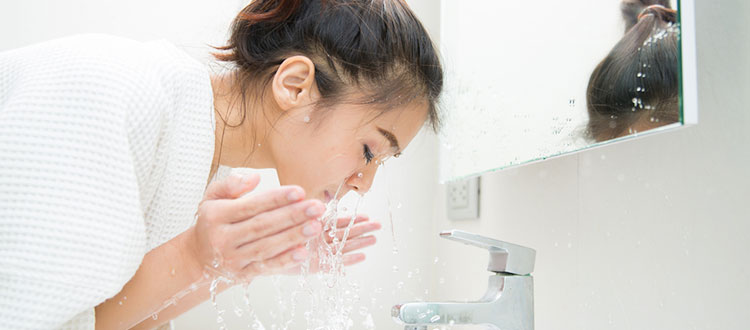Ocular Rosacea
What is Ocular Rosacea?
Some research has shown a possible link between rosacea and the bacteria called Helicobacter pylori – causing chronic reflux and gastritis . This bacterium also causes gastrointestinal infections.
What does it look like?
- Red, irritated, inflamed upper and or lower eyelids, especially base of eyelashes.
- Red or bloodshot eyes, burning or tearing, and the sensation of a foreign body in the eye.
- An infection of the eyelids
- Sensitive skin
Common Treatments
- Demodex and bacterial colonization control,
- exhibit vasomotor instability,
- require camouflaging of telangiectatic mats,
- inflammation reduction – topical and oral antibiotics
- vasoconstrictor formulations
- Cosmeceuticals enhancing Skin Barier Function.
Why is ocular rosacea reactive to washes and products?
- Cleansers can remove lipids from the skin surface,
- surfactants remove sebum AND intercellular lipids.
- thorough removal of sebum, may also damage the intercellular lipids, resulting in barrier damage
- manifests as increased facial redness, stinging, burning, and itching.
- counterproductive to use an anti-inflammatory skin cleanser to treat rosacea when, in fact, it enhances inflammation and this is most likely the reason why PATIENTS cannot tolerate ZO® or similar products and creams.
So what can PATIENTS use?
- Important to get medical opinion – patient see doctor/dermatologist
- If not possible – use ZO® Hydrating cleanser only
- DO NOT use the scrub and pads AROUND THE EYES as this will affect the intercellular lipids – can use on the rest of the face AVOID THE EYES ?
- Best moisturisers to prevent facial rosacea flares combine occlusive and humectant ingredients – Use only the Daily Power Defence
- Use Sun protection

